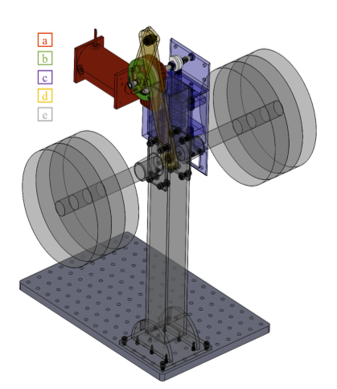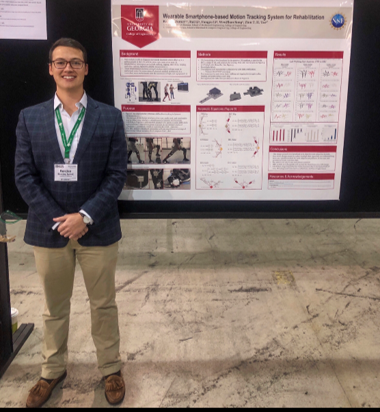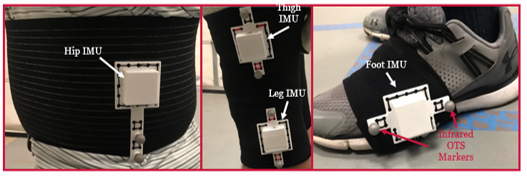Undergraduate Research
Truncal Rehabilitation for Post-Stroke and Spinal Cord Injured Patients

Physical rehabilitation is an often researched topic, but most rehabilitation-based investigations explore distal limbs. The trunk, or torso, of a patient is integral to performing activities of daily living independently and safely. Yet, the core system of the human body has hardly received any attention in research. Our senior design team tackled this proposed issue by creating a system that can assist in rehabilitating patients of nearly any condition. The designed rehabilitation device attaches to a patient’s harness and can be safely operated at home or in a clinical setting. The torque passively increases according to the patient’s weight on the system. Following a failure of an exercise, a backup motor engages and retrieves the patient from the bent position and returns them to an upright posture. The system is intended to be used with treadmill-based walking exercises but can also be used for patients attempting to regain a sitting balance.
Infinitely Variable Transmission

Transmissions are integral components in many powered machines. While they increase efficiency and allow a varied output dependent on the application, transmissions are often limited to singular, discrete steps in speed and torque outputs. Further research has allowed for the development of continuously variable transmissions in recent years. These transmissions are able to change their output with no limit in step size. The bulk of my undergraduate research was spent on developing an infinitely variable transmission, which has the ability to range from a zero output to any level of speed desired if scaled up.
Research Experience for Undergraduates (REU) at the University of Georgia
My REU summer research included determining the limitations of optical tracking systems, electromagnetic tracking systems, and IMUs. Further research entailed comparing these systems for gait analysis for the purpose of lower-limb, out-of-clinic rehabilitation for patients with movement disorders through a Bluetooth smartphone application. Additionally, to implement these systems in lower-limb rehabilitation, a custom sleeve design was created in SolidWorks, 3D-printed, and assembled through sewing the custom pieces onto the sleeve for use in simultaneous data collection of the multiple aforementioned tracking systems.





